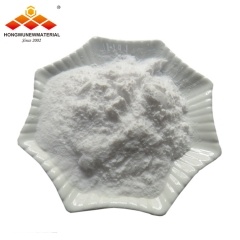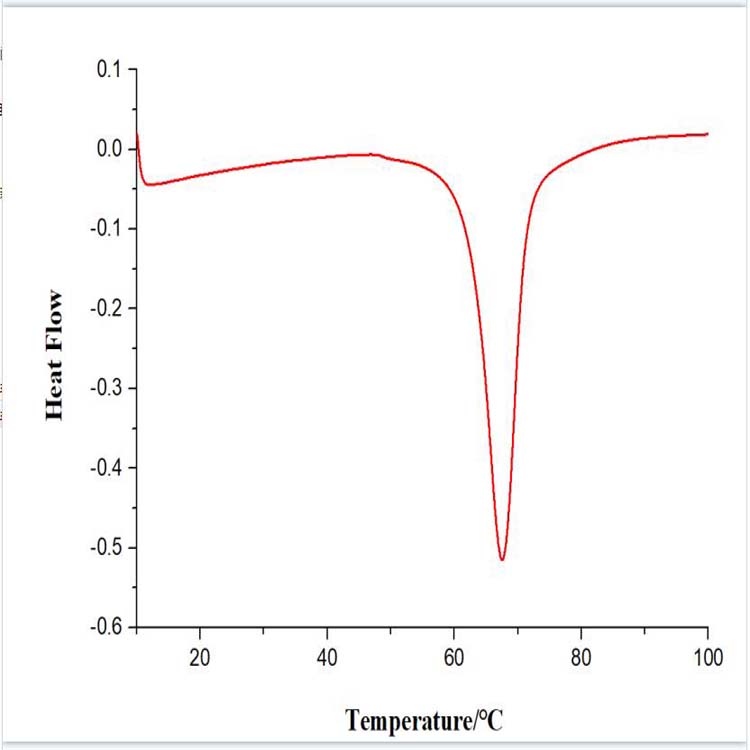Due
to their different molecular structures, epoxy resins (EP) can exhibit
different properties. And because it is easy to be mixed with different curing
agents, diluents, auxiliaries, etc., to prepare epoxy resin materials with
excellent mechanical, mechanical, thermal, adhesion, insulation and
anti-corrosion properties, so as to be widely used in anti-corrosion coatings.
However, with the complication of the application environment, the simple EP
coatings show some deficiencies: First, due to the low thermal conductivity,
resulting in poor heat resistance, most EP is only suitable for the environment
below 100 °C; Second, due to the high cross-link density after curing, result
in high friction coefficient and poor wear resistance and impact resistance.
Third, the high resistivity is prone to electrostatic effects; the fourth is
that it is prone to defects after curing, which affects the corrosion
resistance. To better utilize the advantages of EP, fillers are often added to
improve performance.
Nano Graphene
has great potential in improving the properties of resin-based materials due to
its unique crystal structure and excellent physical properties and its
derivatives can initiate the polymerization reaction. Since graphene has a
large specific surface area and a high surface energy, it is easily
agglomerated when added as a filler to an epoxy resin, thereby affecting the
performance of the coating.
In order to evenly disperse graphene into epoxy
matrix, scholars have conducted a lot of research. From the initial simple
mixing, ultrasonic dispersion technology was developed, and a silane coupling
agent was used to improve the adhesion and compatibility between graphene and
epoxy resin. It was found that the addition of nano graphene improves the
performance of the coating, but when added to a certain amount, the
accumulation of graphene will affect the further improvement of the coating
performance. In recent years, some scholars have prepared functionalized
graphene by functional group modification on the surface of graphene. It was
found that while retaining the graphene-based properties, it can improve the
adhesion to the epoxy matrix, which makes research on graphene/epoxy resin
composite coatings have made new progress.
From
the thermal performance point of view, graphene is the material with the
highest thermal conductivity currently known (a single layer is about
5000W/mK), as a filler can increase the heat resistance of epoxy; from the
mechanical and mechanical properties, graphene is composed of sp2 hybrid planar
carbon atoms. It has high modulus, high strength, and low shear force and low
friction coefficient between graphene layers. It is easy to transfer to the
epoxy coating surface to form a transfer film.
After being combined with epoxy,
the wear resistance and impact resistance of the coating can be improved; from
the viewpoint of electrical properties, the theoretical resistivity of the
graphene monolayer is approximately 10-6 Ω·m, and due to its low bulk density, a
small amount of graphene can be added to the epoxy resin with good
conductivity; from the viewpoint of anti-corrosion performance, because of the
small size effect of graphene and two-dimensional laminar structure, the
defects in epoxy coating can be improved so that it can form dense insulation layer
in the coating, thus reducing corrosion.
by Jemma Liang


 English
English français
français Deutsch
Deutsch русский
русский italiano
italiano español
español português
português 日本語
日本語 한국의
한국의 Türkçe
Türkçe

















 8620-87226359,8620-87748917
8620-87226359,8620-87748917

